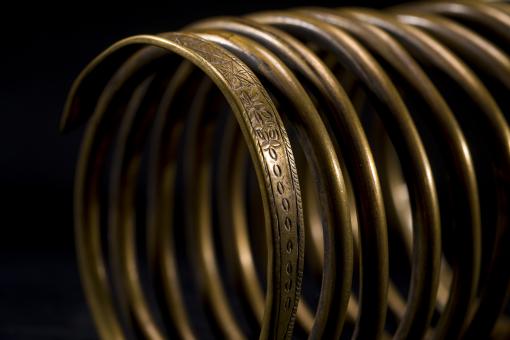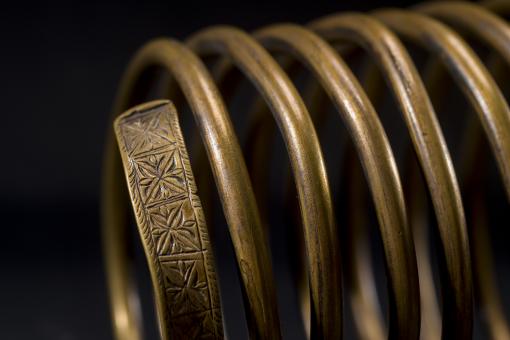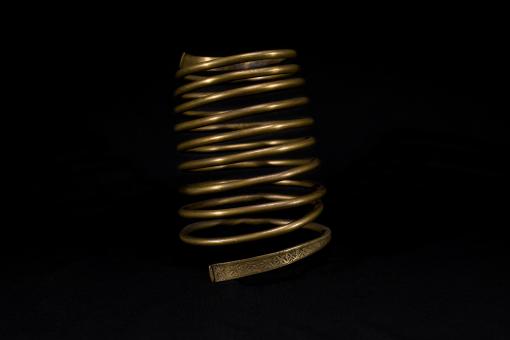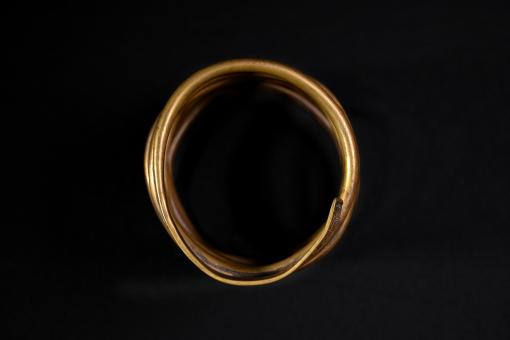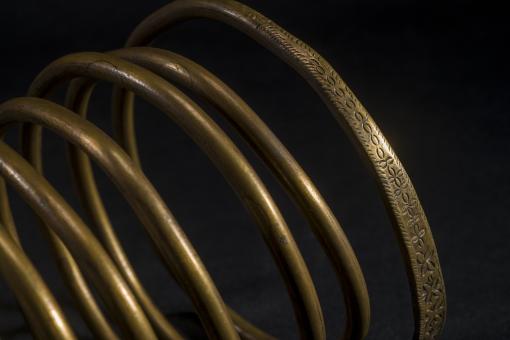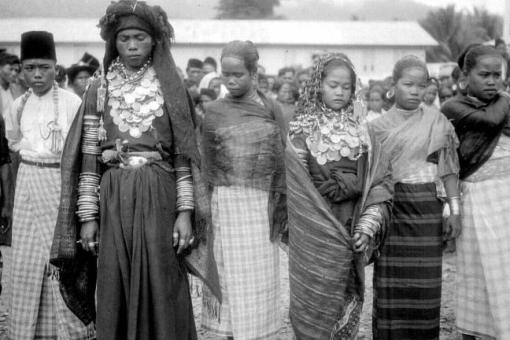The tumbuk bracelet is spiral shaped and made of a mixture of brass and silver. It is one of hundreds of cultural objects collected during a colonial military expedition led by Major G.C.E. van Daalen in 1901 in the Gayo and Alas areas of Aceh. The collection was handed over to the Bataviaasch Genootschap van Kunsten en Wetenschappen (the forerunner of the National Museum of Indonesia) in 1902 as trophies of the colonial war.
Understanding a cultural treasure
Through a process of critical evaluation and consultation with local people, the National Museum of Indonesia has been working to understand the history and meaning of objects and reconnect them with their local context. Consultation between the National Museum of Indonesia and communities in Alas to understand and document the significance of the tumbuk bracelet is still ongoing.
In the past, this bracelet was part of the traditional clothing accessories of noble women and descendants of the king in Alas. It was usually worn during traditional ceremonies such as weddings, ʾaqīqah (a celebration of the birth and naming of a child where the meat from a sacrificed animal is cooked and shared with family, friends and members of the community who are in need) and circumcision ceremonies. This bracelet is worn on the hand up to the upper arm. The bracelet is decorated with the meshikat floral motifs from the Alas region. This pattern is also found on traditional cloth. Nowadays, spiral bracelets like this are rare to find. Women still wear bracelets on their upper arms, but they no longer wear spiral-shaped (tumbuk) bracelets.
Curators from the National Museum of Indonesia share the history of the tumbuk bracelet and efforts to reconnect the object with communities from the Alas highlands of Aceh where it originated from.

